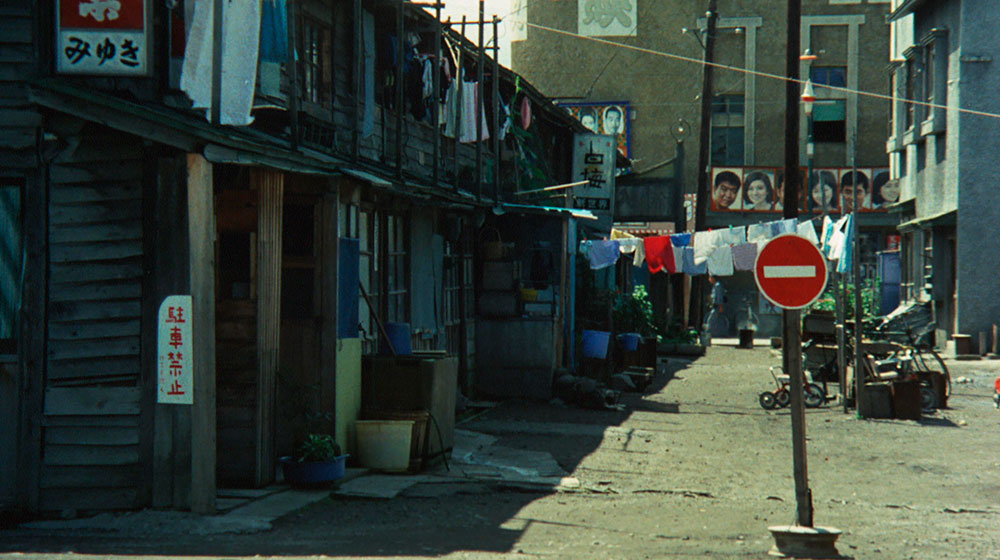Xcèntric 2020
Masao Adachi. Landscape theory
Audiovisuals
Amid revolutionary far left movements in which Masao Adachi actively took part as a filmmaker in the sixties, he decided to film the story of a 19-year-old boy who murdered four people in four different cities for no apparent reason. To do so, in A.K.A. Serial Killer he created a new approach: fukeiron, or landscape theory.
A.K.A. Serial Killer sets out to see what the killer might have seen on the way, as he looked for a job and a better place that never existed and committed the crimes in those spaces. The film, with a voiceover by Adachi and a free jazz score, relates the life of the killer to show, no matter how trivial they might seem, how those and all places—transformed into postcards—are an expression of the dominant political power and the commodification of everyday life.
While preparing the shoot, Adachi and his team realised that what were originally intended as mere locations for the story would actually be the film: “We would make a film about how Japan and its landscapes oppressed people. We realised how the landscape reflects the image of society’s power. The landscapes were enough.” (Adachi). The film is, then, situated in the interval between mounting student and street protests—put down by force in mid-1969—and armed militancy, in which Adachi took part as a member of the revolutionary Red Army (Nihon Sekigun).
Wan: Rice Bowl, Nihon University New Cinema Club, 1961, 16 mm, 24 min
A.K.A Serial Killer, Masao Adachi, 1969, 35 mm, Spanish subtitles, 86 min
Digital screening.
Copies courtesy of Nihon University Film Club and Masao Adachi Screening Committee.
A programme by Gonzalo de Lucas.
Directors: Masao Adachi,
This activity is part of Xcèntric 2020



